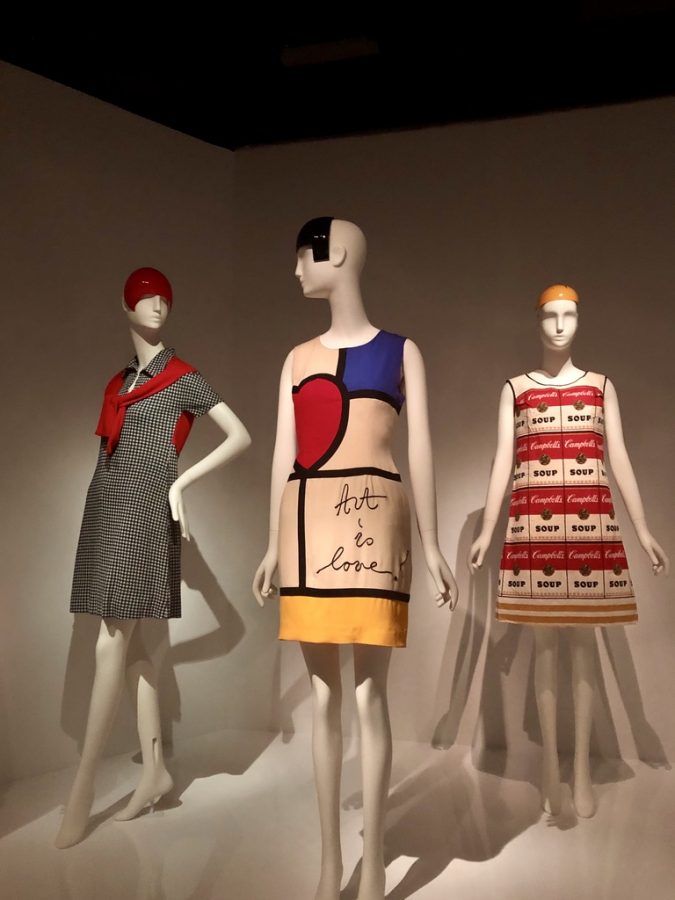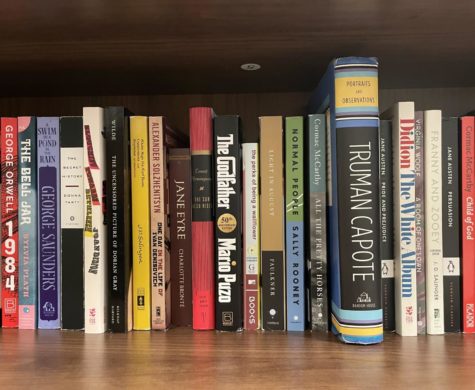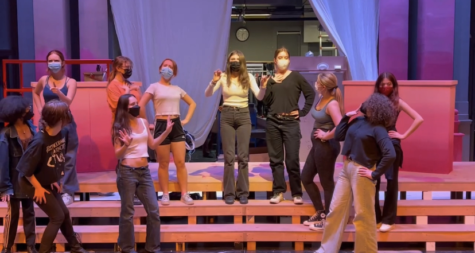Face Masks and Fashion: The Met’s Reopening Post-Lockdown
Looking back, a highlight of the fall semester of my junior year wasn’t the American Studies game (surprising, I know) but rather going to the Met with a friend. Since going to Oxbow, being sent home early, and having to stay at home for months on end, I’ve spent a lot of time looking through my camera roll, trying to remember what “normal” life was like. A series of photos of an elegant, french-baroque-style room showed up between a photo of a toaster with a face (don’t ask) and photos of my brother in gogo boots and a cowboy hat playing soccer (again, don’t ask). The memory came flooding back: taking the crowded subway across the Manhattan Bridge, walking up the grand steps of the Met, and wandering around every nook and cranny of the museum at our leisure.
It’s no surprise that the Met shut down mid-March, but this five-month closure is the longest the museum has had in its nearly 150 years; it had “previously not been closed for more than three days in over a century,” as their website announces. Given that I hadn’t been to the Met in nearly a year and have spent the majority of my time in my room over these past few months, returning to the museum was an exciting invitation to indulge in an hour-long subway trip to walk around and look at art for hours on end with my mom.
The Met, like many other institutions, has taken a few notable precautions in order to protect their visitors. Firstly, there’s a temperature scanning station before you can even walk into the building. We also bought tickets online to limit our exposure to other people. Past the “Tickets Needed Beyond This Point” signs, we found an abundance of strategically placed “One Way” and “Do Not Enter” signs, further limiting unnecessary contact with other people. I’m happy to report however, that despite all the pointy arrows and the long closure, the period rooms are still intact and as elegant as they were pre-pandemic, but one thing was new: the exhibitions, most notably In Pursuit of Fashion: The Sandy Schreier Collection and the roof garden commission by Héctor Zamora entitled Lattice Detour.
The Sandy Schreier Collection occupies an entire wing of the Met, aptly named the Anna Wintour Costume Center. People lined up (six feet apart) across several flights of stairs and wrapped around a great black sarcophagus, passing various plaques and illustrations that depicted and described Ancient Egyptian drinking culture (blacking out apparently brought you closer to the gods) on their way down to the bottom landing. After being waved into the exhibition, we entered a relatively dimly lit hall with elegant dresses from every decade in the past century, varying from the poofy, wide-skirted dresses of the fifties (many of which had matching accessories) to delicate lace dresses from the twenties. My favorite was an Andy-Warhol-inspired piece called “The Souper Dress”―a paper dress with cans of Campbell’s soup printed on it. Melding an artistic icon with an everyday object, this piece is a true testament to advertising in fast fashion.
The Lattice Detour installation in the Met’s Roof Garden holds a number of narratives, from visually and aesthetically pleasing to a deeper political and sociological analysis. In short, it’s a wall of terracotta bricks that take the shape of concrete blocks with a number of holes in them. The blocks are laid on their side so that light can pass through it and you can see people on the other side of the wall. It’s arranged in a curved manner so that depending on where you stand, you can see through all of the blocks or none of them, playing with the idea of what a wall is meant to look like and represent, as well as creating a paradox of division and connection. Zamora’s exhibition, though planned in a pre-pandemic world, has taken on a new meaning of societal flexibility and adaptability in a time that feels both extremely divisive and extremely unifying at times.
The exhibition of The Sandy Schreier Collection has since closed, but Lattice Detour is available through December 7.
\







